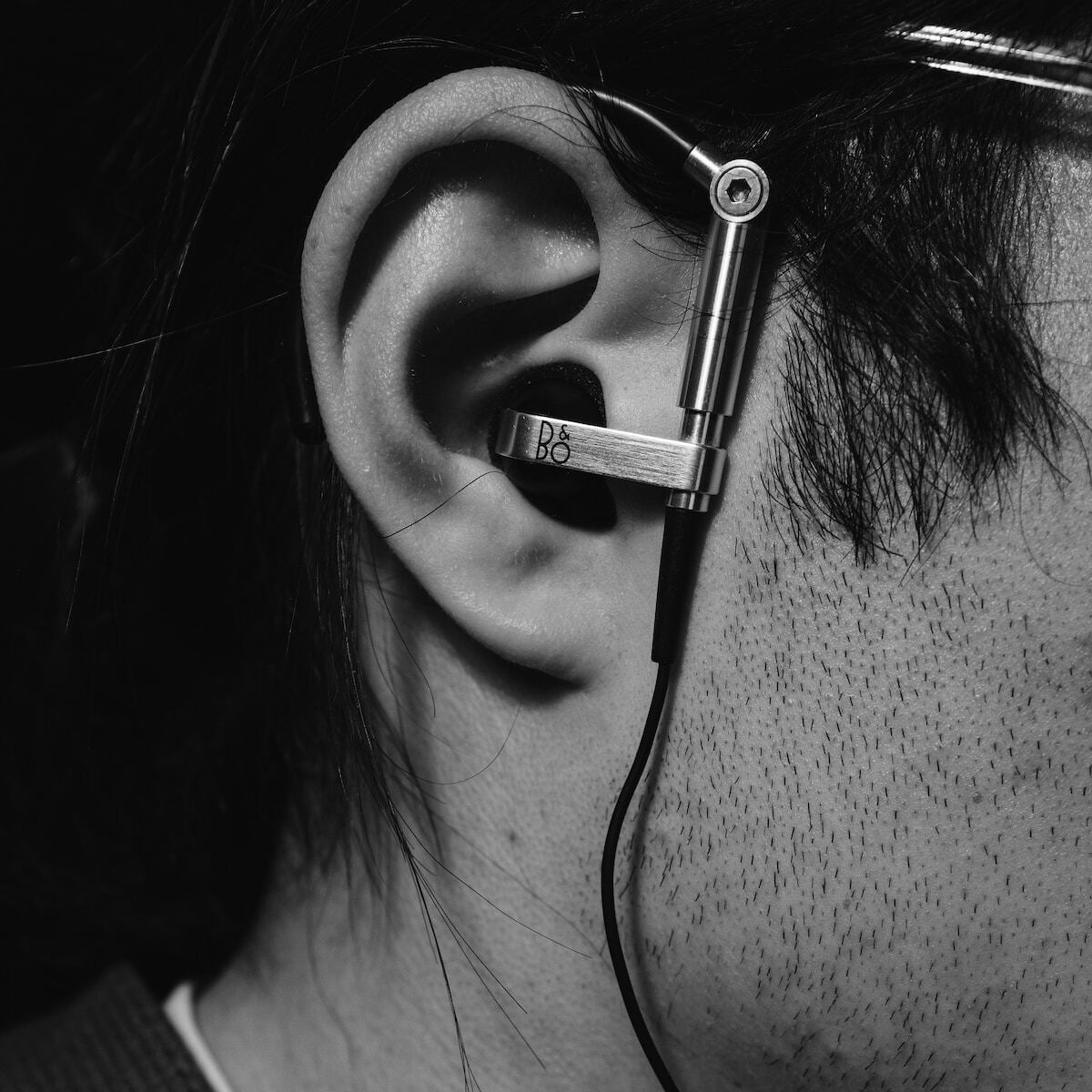
Ear wax is a common problem that affects millions of individuals worldwide. Although the production of earwax is a natural process that helps protect our ears, excessive buildup can lead to various complications and discomfort. Manual instrument ear wax removal has proven to be an effective solution for many individuals struggling with this issue. In this article, we will explore success stories of people who have overcome their ear wax troubles through manual instrument ear wax removal.
Before delving into success stories, let’s first understand the importance of ear wax and the problems it can cause when it accumulates excessively. Ear wax, also known as cerumen, is a sticky substance produced by glands in the ear canal. It helps protect the ear by trapping dust, debris, and harmful bacteria.
However, when ear wax builds up, it can lead to several issues such as:
To prevent these complications, it is essential to address ear wax impaction promptly and seek appropriate treatment.
Case Study: John’s Journey to Clear Hearing
John, a 45-year-old man, had been experiencing a gradual decline in his hearing for several months. He visited his doctor, who diagnosed him with impacted ear wax. Frustrated by his hearing loss and the discomfort it caused, John decided to pursue manual instrument ear wax removal.
Upon visiting an ear wax removal specialist, John was guided through the entire process. Here’s a step-by-step breakdown of his experience:
Following the manual instrument ear wax removal procedure, John experienced a significant improvement in his hearing. His earache and discomfort vanished, and he was no longer struggling to understand conversations. John’s success story showcases the positive outcomes that can be achieved through this form of treatment.
Manual instrument ear wax removal offers several benefits over other methods, such as earwax softening drops or syringing. Here are some of the advantages:
While manual instrument ear wax removal is generally safe and effective, there are a few precautions and considerations to keep in mind:
Manual instrument ear wax removal has successfully transformed the lives of many individuals struggling with ear wax impaction. By understanding the importance of ear wax and seeking professional help, individuals can triumph over their ear wax troubles and regain their hearing abilities. If you are experiencing symptoms of ear wax impaction, don’t hesitate to consult an ear wax removal specialist and embark on your own journey from trouble to triumph.
Note: This article has been edited and improved to provide a comprehensive understanding of manual instrument ear wax removal. The information provided is for educational purposes only and should not replace professional medical advice.
Q: What is ear wax?
A: Ear wax, also known as cerumen, is a sticky substance produced by glands in the ear canal. It helps protect the ear by trapping dust, debris, and harmful bacteria.
Q: What are the complications of excessive ear wax buildup?
A: Excessive ear wax buildup can lead to complications such as hearing loss, earache and discomfort, tinnitus (ringing or buzzing sounds in the ear), and dizziness and vertigo.
Q: How does manual instrument ear wax removal work?
A: Manual instrument ear wax removal involves the use of specialized instruments, such as curettes, forceps, or suction devices, to gently and skillfully remove the ear wax. The procedure is performed by an ear wax removal specialist.
Q: What are the benefits of manual instrument ear wax removal?
A: Manual instrument ear wax removal is effective, offers a customized approach, is safe and controlled, and minimizes discomfort for the patient. It provides immediate relief and improved hearing for individuals with impacted ear wax.
On many occasions after providing a full hearing assessment I get asked the question “can…
Microsuction is a safe and effective method for removing earwax and debris from the ear…
Ear wax, also known as cerumen, is a substance that is naturally produced by our…
Ear wax, or cerumen, is a natural substance produced by the ear canal to protect…
Cleaning our ears is an important part of our personal hygiene routine. It not only…
Earwax, also known as cerumen, is a natural substance produced by the ear canal to…
This website uses cookies.